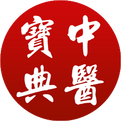

Traditional Chinese Medicine (TCM), also known as Hanfang medicine, refers to the medicinal substances used under the guidance of traditional Chinese medical practices. This includes scientific herbal medicine, herbal materials, and proprietary Chinese medicines. Before the Qing Dynasty, TCM was referred to as Bencao (本草) or Shengyao (生药). Although there is some overlap between the modern concept of Shengyao and TCM, they are not interchangeable.
The original name for TCM was Shengyao. In the late Qing Dynasty, the term Shengyao, which had been commonly used since the Ming and Qing Dynasties, was changed to TCM.
TCM primarily originates from China and is used for the prevention, diagnosis, treatment of diseases, or regulation of bodily functions under the guidance of TCM theories. Most TCM substances are plant-based, but there are also animal medicines, mineral medicines, and some chemical and biological products. TCM is categorized into proprietary Chinese medicines and herbal materials based on processing techniques.
1. Harmonizing medicines. In the Three Kingdoms period, Wei’s Ji Kang stated in “On Nourishing Life”: “Therefore, Shennong said: ‘Superior medicines nourish life, while TCM nourishes nature,’ which truly understands the principles of life and nature, thus assisting nourishment to achieve balance.” Jin’s Zhang Hua in “Records of the Natural World” Volume Seven stated: “TCM nourishes nature, referring to He Huan (合欢) dispelling anger and Xuan Cao (萱草) forgetting worries.” Song’s Xu Xuan in his poem “On the White Crane Temple” expressed: “Often lamenting many illnesses, I dislike TCM, intending to ask the true classics for a small return.”
2. Medicines used in TCM, predominantly from plants.
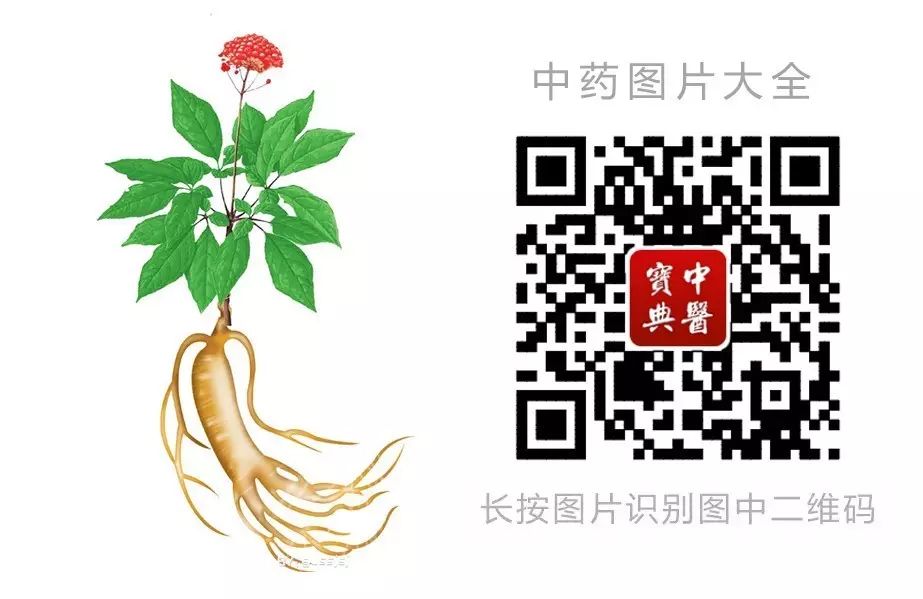
1. Ancient Development of TCM
For thousands of years, the laboring people of China have fought against diseases, gradually accumulating rich medical knowledge through practice. Due to the lack of written language in ancient times, this knowledge was passed down orally. Later, with the advent of writing, it was gradually recorded, leading to the emergence of medical texts. These texts played a role in summarizing previous experiences and facilitating dissemination and promotion. Chinese medicine has a history of thousands of years, representing a rich summary of the long-term struggle of the Chinese people against diseases, contributing significantly to the prosperity of the Chinese nation. Since herbal medicines constitute the majority, the texts recording these medicines are referred to as “Bencao”. Historical evidence suggests that Bencao was already prevalent during the Qin and Han Dynasties, but unfortunately, these texts have been lost and cannot be examined. The earliest known Bencao text is the “Shennong Bencao Jing” (神农本草经), whose authorship is unknown, but based on the recorded place names, it may have been compiled by a physician of the Eastern Han Dynasty who revised earlier works.
The “Shennong Bencao Jing”
The “Shennong Bencao Jing” consists of three volumes, documenting 365 types of medicines, including animal, plant, and mineral categories. Each entry includes properties, functions, and indications, along with a brief introduction to the basic theories of medication, such as toxicity, four qi (四气), five flavors (五味), compatibility rules, methods of administration, and forms such as pills, powders, pastes, and wines. It can be considered a summary of medicinal knowledge in China before the Han Dynasty and laid the foundation for future pharmacological development. During the Southern and Northern Dynasties, the Liang Dynasty’s Tao Hongjing (452–536 AD) organized and supplemented the “Shennong Bencao Jing” and authored the “Bencao Jing Jizhu”, which added 365 types of medicines used by famous physicians from the Han and Wei Dynasties, known as the “Mingyi Bielu”.
Under each medicine, not only were the original properties, functions, and indications supplemented, but also information on origin, collection time, and processing methods was added, greatly enriching the content of the “Shennong Bencao Jing”. By the Tang Dynasty, due to the development of productivity and increasingly frequent foreign exchanges, the government commissioned Li Ji and others to oversee the revision of Tao’s annotated Bencao, known as “Tang Bencao”, which was later revised by Su Jing and others, adding 114 types of medicines, and was promulgated in the fourth year of the Xianqing era (659 AD), known as the “Newly Revised Bencao”. As foreign medicines were gradually introduced, the variety of medicines increased. To adapt to the “Tang New Bencao”, this book was revised and promulgated by the government at that time, making it one of the earliest pharmacopoeias in China and the world. This Bencao documented 844 types of medicines and included medicinal illustrations, setting a precedent for the pictorial representation of Bencao texts in China, significantly impacting the development of pharmacology in China and soon spreading abroad, making an important contribution to the development of medicine worldwide.
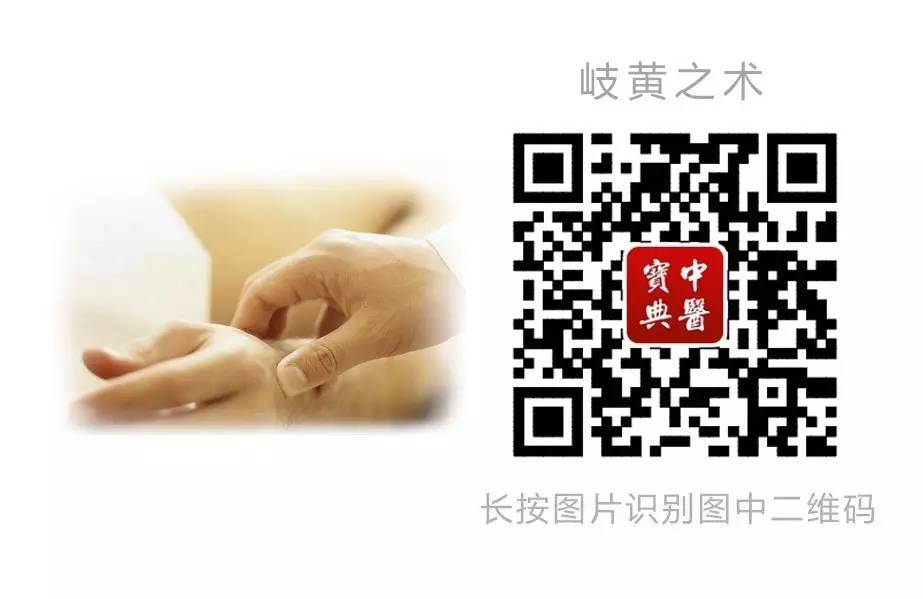
The above describes three summaries of ancient medicinal knowledge in China. After certain periods, new summaries emerged due to the continuous enrichment of medicinal knowledge. For example, the Song Dynasty’s “Kaibao Bencao” and “Jiayou Buzhu Bencao” are both summarizing works. By the late Northern Song Dynasty, the Shu physician Tang Shenwei compiled the “Jing Shi Zheng Lei Bei Ji Bencao” (abbreviated as Zheng Lei Bencao), merging the “Jiayou Buzhu Bencao” with the “Tujing Bencao”, adding over 500 types of medicines, and collecting many prescriptions from physicians and folk remedies, supplementing a large amount of medicinal data obtained from classical literature, making this book more comprehensive and well-structured. It was revised three times by the government and included the years of “Daguang”, “Zhenghe”, and “Shaoxing” as official publications. The great physician of the Ming Dynasty, Li Shizhen (1518–1593), thoroughly revised the “Zheng Lei Bencao” and compiled a monumental work of pharmacology that met the needs of the times—”Bencao Gangmu”, which was first published three years after Li Shizhen’s death (1596) in Jinling (now Nanjing). This book documented 1892 types of medicines and included over 11,000 prescriptions.
Initially, human understanding of medicines was closely linked to foraging activities. In primitive times, primitive people gradually learned about these plants and animals through gathering and hunting, discovering that some could satisfy hunger, alleviate pain, while others could cause poisoning or even death.
In modern times, the study of TCM has been constrained by the historical records of Bencao, thus limiting the research of TCM to the study of Shengyao used in Chinese medical theory. However, in recent years, the research methods of TCM have adopted modern pharmacological techniques, leading many scholars with a background in pharmacy to view TCM as a branch of pharmacology.
Before the Han Dynasty
With the emergence of writing, medicinal knowledge began to be recorded. The oracle bone script from the Shang Dynasty already contained the character for “medicine”. The “Shuowen Jiezi” explains it as: “Medicinal herbs for treating diseases, derived from grass and music.” The “Book of Songs” and “Classic of Mountains and Seas” from the Western Zhou period recorded over 120 types of medicines, their origins, effects, and therapeutic properties. The “Fifty-Two Disease Formulas” from the Spring and Autumn and Warring States periods documented over 280 formulas, using more than 240 types of medicines. For a long time, people have habitually regarded Bencao as synonymous with TCM. The term Bencao first appeared in the “Book of Han: Annals of Emperor Ping”. By the late Western Han Dynasty, the term “Bencao” was already used to refer to specialized texts on pharmacology. The earliest existing pharmacological text is the “Shennong Bencao Jing”. Although attributed to “Shennong”, it was not the work of a single person or time. It has been verified that the final compilation was completed no later than the end of the Eastern Han Dynasty (2nd century AD).
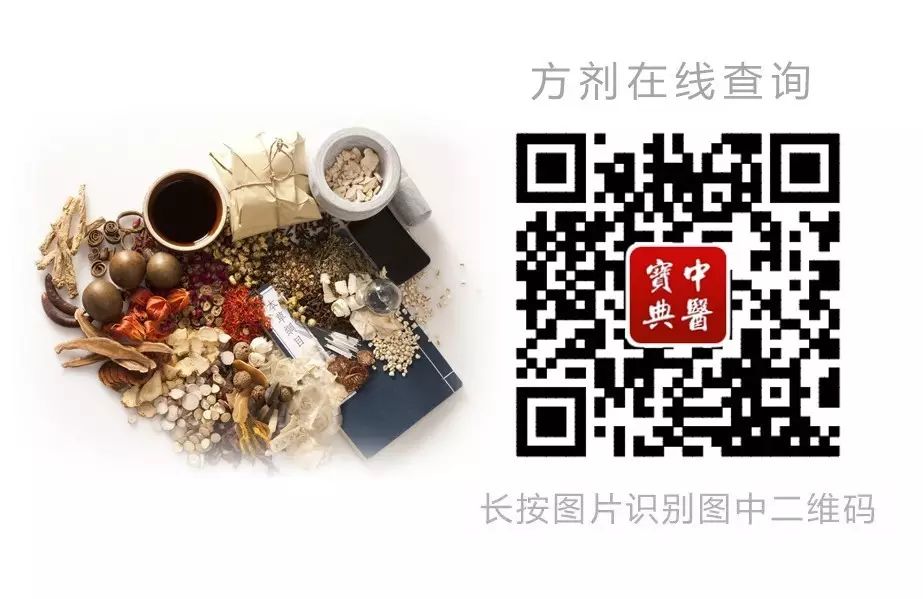
The Wei, Jin, Southern and Northern Dynasties
Since the end of the Han Dynasty, the variety of medicines used by physicians has gradually increased, and the number and types of Bencao texts have also significantly expanded. The Jin Dynasty’s Ge Hong in “Baopuzi” was the first to mention the term “herb”. The most important Bencao work is the “Bencao Jing Jizhu” completed in 500 AD by Liang’s Tao Hongjing. During the Southern Dynasty’s Liu Song period, Lei Xiu authored the “Pao Zhi Lun”, which included the preparation methods of 300 types of medicines, marking the first work on preparation in China.
The Sui and Tang Dynasties
During the Sui and Tang Dynasties, the unification of the North and South led to economic and cultural prosperity, and medicine also saw significant development. In the fourth year of the Xianqing era (659 AD), the court promulgated the “Newly Revised Bencao” (also known as “Tang Bencao”), compiled by Li Ji and Su Jing, documenting 844 types of medicines. The completion of this book relied on the administrative power and human resources of the state, making it the first pharmacopoeia in China, predating the Nuremberg Pharmacopoeia in Europe by over 800 years. It is also recorded in the ancient Japanese book “Engishiki” that “all physicians read Su Jing’s Newly Revised Bencao”.
The Song and Yuan Dynasties
Zhang Yuan’s “Yixue Qiyuan” introduced the principles of medication for various organ diseases, establishing the theory of organ differentiation in medication. He advocated the theory of channeling in his works “Zhenzhu Nang”, “Zangfu Biao Ben Han Re Xu Shi Yao” and “Jie Gu Ci Zhu Tong Fa”. Later, Li Dongyuan’s “Yong Yao Fa Xiang” and Wang Haogu’s “Tang Ye Bencao” both explored the properties of medicines.
The Ming Dynasty
The great physician of the Ming Dynasty, Li Shizhen (1518–1593), spent 27 years compiling the “Bencao Gangmu” (52 volumes, approximately 2 million words, documenting 1892 types of medicines, with over 1100 illustrations and more than 11,000 prescriptions), which has been passed down through generations. In addition to this work, Li Shizhen also authored several other TCM texts, such as “Binhuh Maixue”.
2. Modern Development of TCM
The mainstream in modern times is scientific herbal medicine (or “extraction granules”), which involves large-scale extraction of medicinal decoctions using traditional methods, concentrating them, and then forming them into small granules with excipients, characterized by rapid release of medicinal properties and safety. Representative manufacturers include Shun Tian Tang and Zhuang Songrong in Taiwan.
The establishment of the Republic of China ended over two thousand years of feudal monarchy, but China still did not change its semi-feudal and semi-colonial social nature. Coupled with years of war, social turmoil, and economic decline, China’s scientific and technological development was slow and unbalanced, far behind Europe, America, and Japan, losing the leading position it held in global science and technology before the 16th century. With the influx of Western scientific and cultural influences, a coexistence of Chinese and Western medicines emerged. Correspondingly, society and the medical community gradually referred to traditional Chinese medicine as “TCM” and “Chinese herbal medicine”, while modern Western medicine was referred to as “Western medicine” and “Western pharmaceuticals”.
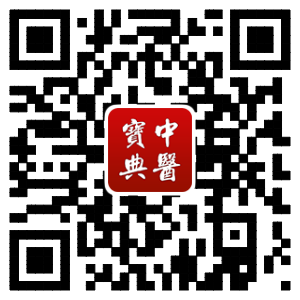
Due to the Nationalist government’s proposed policy to abolish TCM, the development of TCM was hindered, leading to widespread resistance within the TCM community. Despite numerous challenges, academic and medical practitioners have continued to strive for progress, and the study of Bencao or TCM has still seen development.
According to incomplete statistics, there are over 260 existing TCM texts from the Republic of China period, most of which are innovative in structure, diverse in types, and focus on practicality. Due to their discussion scope, structure, and terminology differing from traditional Bencao, or for the sake of simplicity, they are generally not named as Bencao. Among them, comprehensive TCM works and lecture notes are numerous, with most content leaning towards clinical practicality. The former is represented by Jiang Yubai’s “Zhongguo Yaowu Xue Jicheng”, which includes a general discussion and specific discussions. The general discussion summarizes the basic theoretical knowledge related to TCM; the specific discussions classify over 400 types of medicines by efficacy, detailing their aliases, properties, shapes, functions, preparation methods, toxicity, dosage, contraindications, and prescriptions. Its structure and content are fundamentally similar to the former but more concise and practical.
For example, Qin Bowei’s “Yaowu Xue Jiang” is divided into 12 categories such as dispersing, diuretic, regulating qi, regulating blood, warming, and cooling medicines. Zhang Shanlei’s “Bencao Zhengyi” belongs to the nature of traditional pharmacological discussions. This book combines personal medication experiences to discuss the properties, functions, identification, preparation, and decoction methods of TCM, having a good influence.
3. Future Development of TCM
The current consumer market for medicines in China is urban residents, while rural areas represent a vast potential market, indicating that the pharmaceutical market capacity will further expand. TCM includes proprietary Chinese medicines, herbal materials, and Chinese medicinal pieces, with proprietary medicines being the most important component. According to the “2013-2017 China TCM Industry In-Depth Research and Investment Strategy Planning Analysis Report”, over 80% of urban residents in China have purchased proprietary Chinese medicines on their own. This enormous demand provides significant space for the further development of the domestic TCM industry.
Plans for the TCM, biomedicine, and pharmaceutical industries during the 12th Five-Year Plan indicate that most provinces and cities expect a growth rate of 20%-25% for the TCM industry, with some provinces and cities expecting over 30%, and a few below 15%. In the forecasts for key TCM provinces and cities, the growth rate of the TCM industry is expected to exceed 20%, with Shandong Province’s annual growth rate possibly reaching over 30%, and Sichuan and Jiangxi around 25% and 23%, respectively.
It is predicted that during the 12th Five-Year Plan, the TCM industry will maintain an annual growth rate of over 12%, with total output value exceeding 559 billion yuan by 2015. However, considering the specific plans of various provinces and cities, it is expected that the overall growth rate of the TCM industry will exceed the predictions of the TCM development plan for the 12th Five-Year Plan, with an annual growth rate possibly reaching over 20%, and by 2015, the total industrial output value of the TCM industry may reach around 700 billion yuan.

WeChat ID: zhongyidaxue
Related Articles
-
Compatibility of Chinese Medicines
-
Properties of Chinese Medicines
-
Ascension and Descension of Chinese Medicines
-
Channeling of Chinese Medicines
-
The Four Qi and Five Flavors of Chinese Medicines
-
Chinese Medicines Related to the Twelve Zodiac Signs
-
Chinese Medicines for Clearing Heat
-
Chinese Medicines for Releasing the Exterior
-
Preparation of Chinese Medicines
-
History of TCM
-
Fundamental Theories of TCM (Essence Version)
-
Origins of TCM
-
Historical Names of TCM
-
Correspondence of the Twelve Hours to Organs
-
Classification Table of the Five Elements in TCM
-
Ma Huang – Collection of TCM Books

